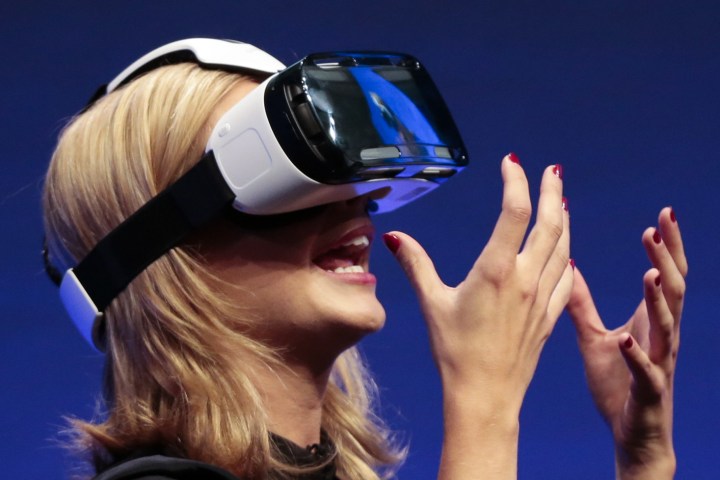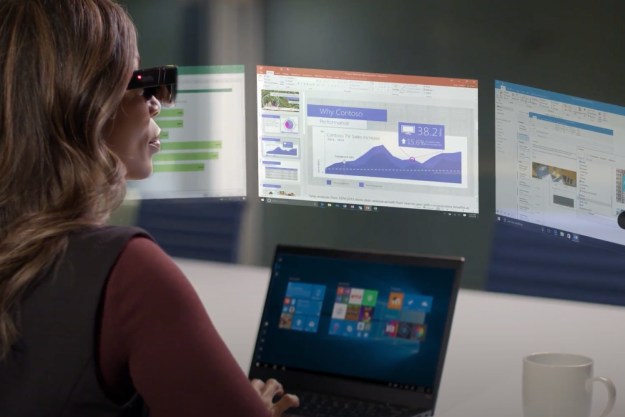
As per the new research results, published recently in journal Science, “young adults at genetic risk for [Alzheimers] exhibit reduced grid-cell–like representations and altered navigational behavior in a virtual arena.” These grid-cell representations refer to a group of brain cells in the entorhinal cortex of the brain used primarily for memory and navigation. Patients with Alzheimers tend to develop abnormalities in this cortex, which makes scientists believe that these grid cells are linked to the onset of the disease.
In conducting their experiment, the German team asked participants between the ages of 18 and 30 to find their way through a virtual maze. They also were asked to complete certain tasks, like collecting virtual objects and putting them back in the same place awhile later. Throughout the entirety of the process, researchers monitored the subjects’ brain activity by way of an fMRI.
They found that while participants who were at risk for developing Alzheimers (those who carry the e4 variant of the APOE gene) performed just as well as their peers, the at-risk group not only used a different part of their brain, but also behaved differently in the test. Nikolai Axmacher, a study co-author, noted “an uptick of activity in the hippocampus (a nearby brain region usually implicated in emotion and memory) during the trial, but only in the at-risk population that wasn’t relying on the grid-cell network,” ScienceMag reports. “This suggests that you can either use the grid cell system or you can use the hippocampus,” he explained.
Moreover, whereas the not at-risk group wandered about the entire virtual environment, those with fewer grid-cell representations (the APOE-e4 carriers), tended to remain close to the edges of the environment. “The potential implications of this work are interesting because they indicate that properly functioning grid cells are correlated with human spatial behavior,” said Joshua Jacobs of Columbia, a neuroscientists uninvolved with the study.
Ultimately, the researchers concluded, “Our results could provide a new basic framework for preclinical research on Alzheimer’s disease,” and while more work has yet to be done to fully understand the disease, these latest experiments suggest a new way of identifying risk factors.
“Although we don’t know whether the young people in this study will go on to develop Alzheimer’s, characterizing early brain changes associated with genetic risk factors is important to help researchers better understand why some people may be more susceptible to the disease later in life,” said Dr. Laura Phipps of Alzheimer’s Research. “The risk factors for Alzheimer’s are diverse, including age, genetics and lifestyle, and research is vital to allow us to unpick how each of these factors could contribute to a person’s risk of the disease.”
Editors' Recommendations
- Apple’s mixed-reality headset could be delayed yet again
- This futuristic haptic vest should make virtual reality feel more realistic
- Exercise with friends in FitXR’s virtual, multiplayer workout classes
- Pokémon Go creators announce Pikmin augmented-reality game
- Microsoft unveils Mesh, and with James Cameron, dives into mixed reality


